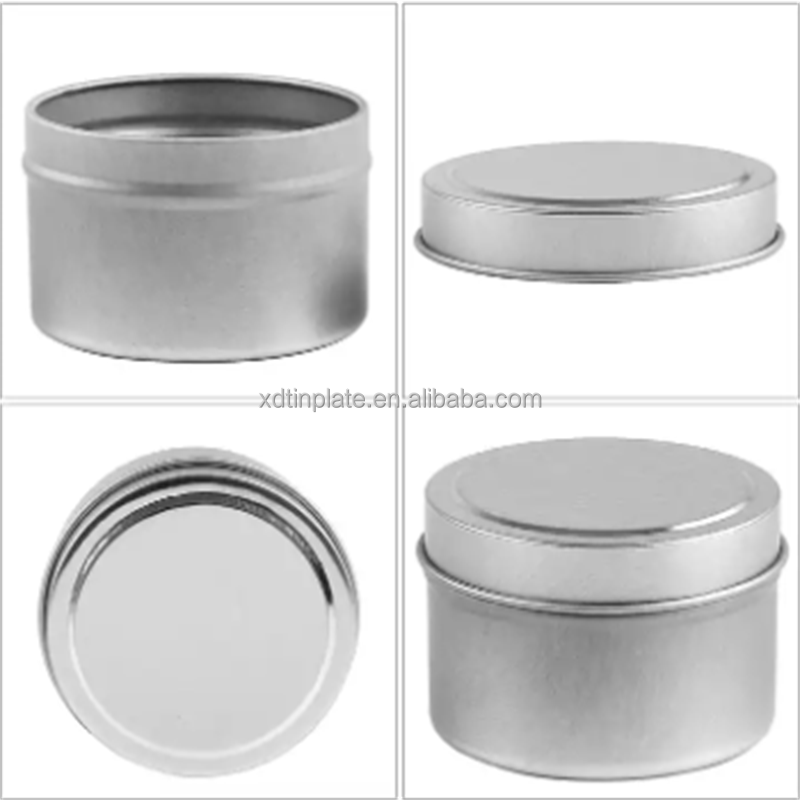
Dec . 23, 2024 03:53 Back to list
Compact Metal Enclosures for Electronics Manufacturing Applications and Custom Solutions
Small Metal Boxes for Electronics Manufacturing An Essential Guide
In the world of electronics manufacturing, the small details often make the biggest difference. Among these details, the choice of enclosures for electronic devices cannot be overstated. Small metal boxes serve as the backbone of device protection and operational efficiency, playing a crucial role in various applications. This article explores the importance of these metal enclosures, their types, materials, manufacturing processes, and best practices for their use in electronics factories.
Importance of Small Metal Boxes
Small metal boxes are vital for several reasons. First and foremost, they provide protection for sensitive electronic components. Electronics are susceptible to dust, moisture, electromagnetic interference (EMI), and physical damage. An appropriately designed metal box can shield these components, enhancing their longevity and reliability. Additionally, they aid in the thermal management of devices, helping to dissipate heat generated during operation, which is critical for maintaining optimal performance.
Moreover, small metal boxes offer structural integrity and can withstand harsh environments. Whether in industrial settings, automotive applications, or consumer electronics, these enclosures help devices meet their performance requirements, ensuring that they remain functional in various conditions.
Types of Small Metal Boxes
The market offers a diverse range of small metal boxes, catering to different needs. Some common types include
1. Die-Cast Enclosures These are manufactured through a process where molten metal is poured into a mold. Die-cast enclosures are strong, lightweight, and provide excellent EMI shielding.
2. Extruded Enclosures Extruded metal boxes are produced by pushing metal through a die to create a long profile. This method allows for custom lengths and is cost-effective for larger production runs.
3. Stamped Enclosures Using sheets of metal, stamped enclosures are formed through cutting and shaping processes. They are efficient for high-volume production and can be designed to specific dimensions.
4. Tin-Plated Enclosures These boxes offer enhanced corrosion resistance and can be used in environments prone to moisture and chemical exposure.
Each type has its unique advantages, and the choice largely depends on the application requirements, production volume, and cost considerations.
Materials Used in Manufacturing
Typically, small metal boxes for electronics are made from materials such as aluminum, steel, and sometimes zinc
.small metal boxes for electronics factory

- Aluminum This lightweight and corrosion-resistant material is often preferred for its excellent thermal conductivity and ease of machining. Aluminum enclosures can also be anodized for added protection.
- Steel Known for its high strength, stainless steel is often used in applications requiring superior durability. However, it is heavier than aluminum, which may be a consideration in portable devices.
- Zinc-Plated Steel This option provides a balance of strength and resistance to rust, making it suitable for various environments.
Manufacturing Process
Producing small metal boxes involves several steps, including design, prototyping, and production. Modern manufacturing techniques include CNC machining, laser cutting, and robotic assembly, ensuring precision and consistency across batches. Quality control measures, such as inspections and testing, ensure that the enclosures meet required specifications and standards.
Best Practices for Implementation
1. Design Considerations When designing a small metal box, factors such as size, shape, mounting options, and ventilation should be prioritized. Proper planning ensures that the enclosure fulfills both functional and aesthetic requirements.
2. Thermal Management Incorporate heat sinks or ventilation holes in the enclosure design to prevent overheating, especially for high-powered electronics.
3. EMI Shielding Ensure that the design of the box provides adequate EMI shielding using conductive gaskets or additional metal layers, as required.
4. Finishing Options Consider applying surface treatments such as anodizing or powder coating to enhance corrosion resistance and provide a better aesthetic finish.
5. Testing Rigorously test prototypes in real-world conditions to address potential issues before full-scale production.
Conclusion
In conclusion, small metal boxes are integral to the electronics manufacturing process, providing protection, durability, and functionality to sensitive components. By understanding their types, materials, and best practices, manufacturers can select the appropriate enclosures for their specific needs, ensuring the success of their electronic products in a competitive marketplace. As technology continues to evolve, so too will the specifications and requirements for these essential components, making it crucial for manufacturers to stay informed and adaptable.
-
New Energy Vehicles with GPT-4 Turbo AI
NewsAug.02,2025
-
Premium 26 Gauge Galvanized Steel Coil Maker | Quality
NewsJul.31,2025
-
GPT-4 Turbo New Energy Vehicles: AI-Driven Efficiency & Smart Mobility
NewsJul.31,2025
-
Electric Vehicles for Sale: New Cars, Used Cars & NIO ES8 Offers
NewsJul.30,2025
-
BYD New Energy Vehicles: Innovative New Cars for a Greener Future
NewsJul.29,2025
-
New Energy Vehicle with High Cost Performance & Endurance
NewsJul.29,2025